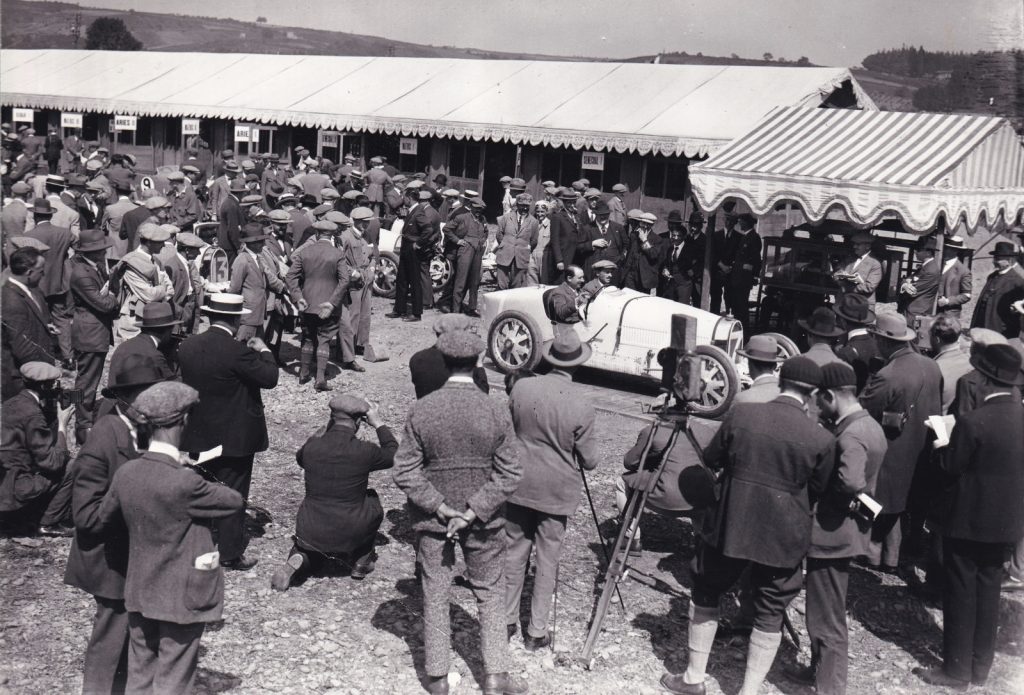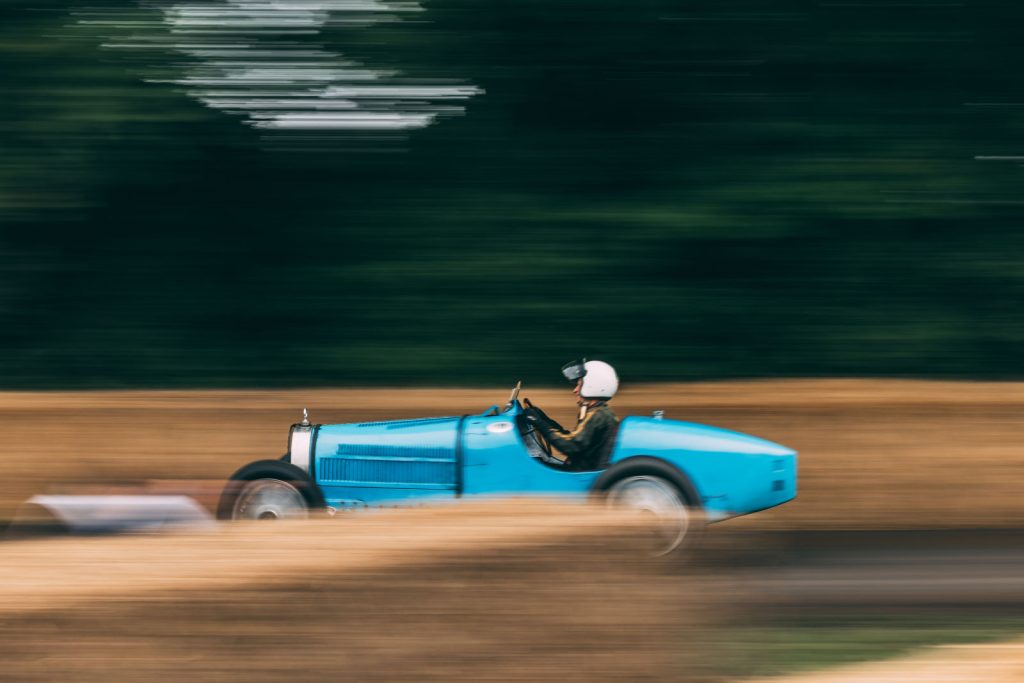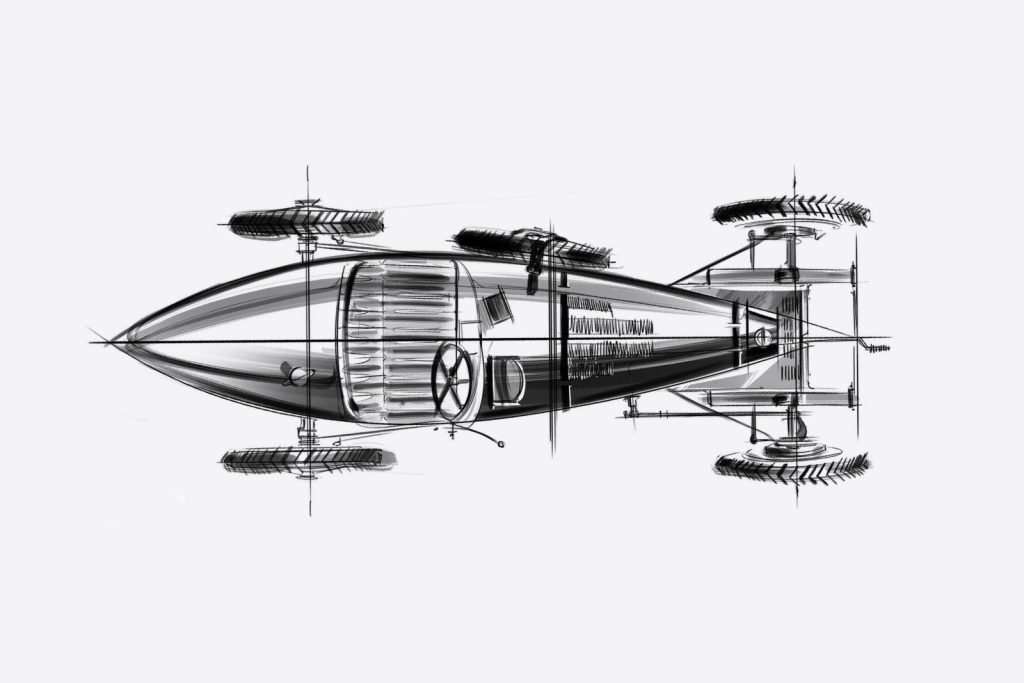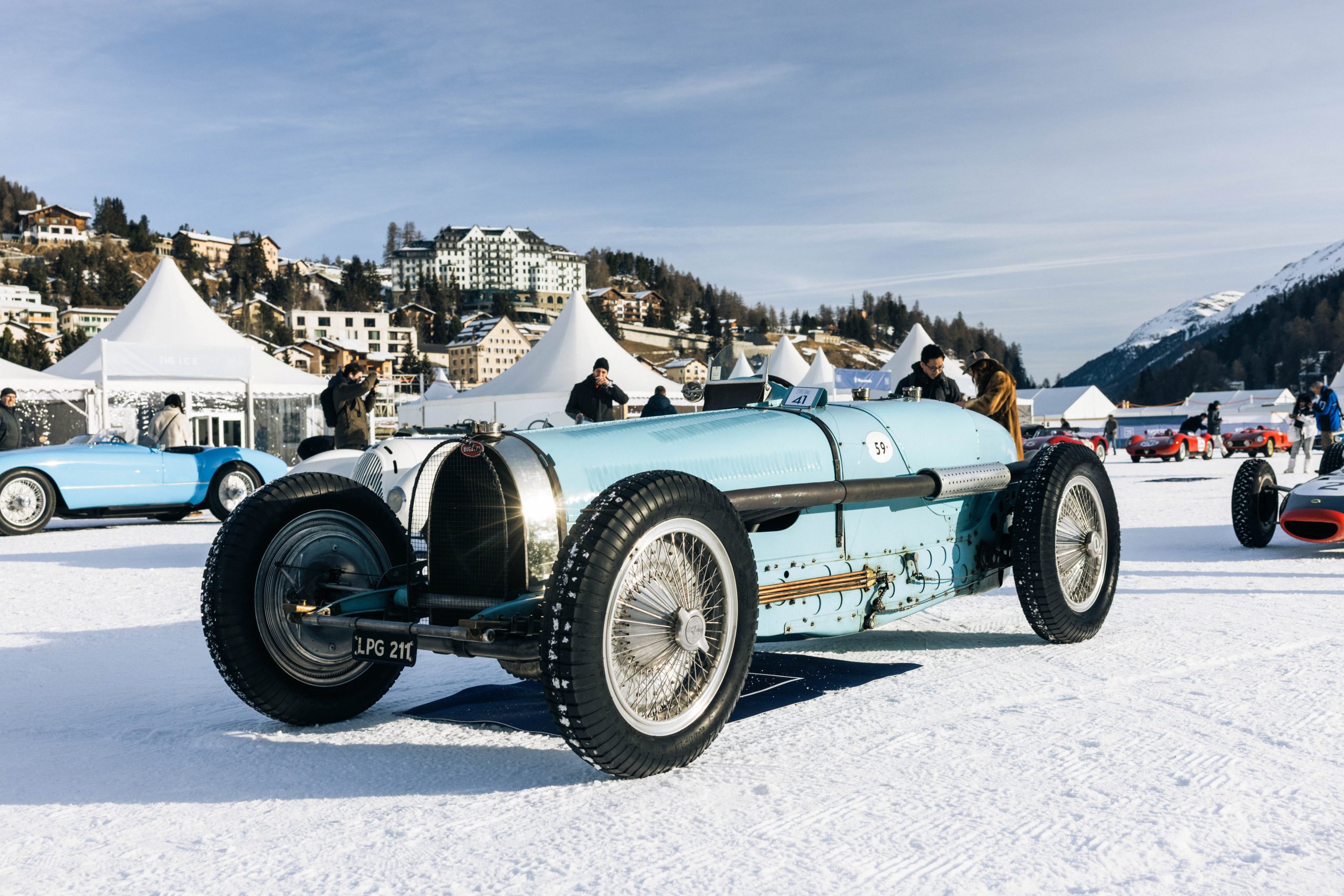Earlier this summer, we celebrated Bastille Night at the Hagerty Clubhouse at Bicester Heritage. We packed the Clubhouse with French cars and their owners, and I was joined on stage by our own Adam Sloman and compère, TV presenter Paul Cowland.
Our job was to explain what we thought the best French car of all time was. It’s a big call, as there are some strong contenders, and we discussed the Citroën 2CV and DS, the Renault 5 Turbo, and the Alpine A110. Adam suggested it was the Peugeot 205 – the first truly modern hot hatch – but I went slightly older.


On 3rd August 1924, Bugatti rolled out five examples of its new racing car for the French Grand Prix at Lyon. The Type 35 was Ettore Bugatti’s concept to dominate the racing scene and he’d driven a sixth replacement car the 500 kilometres from the Bugatti factory at Molsheim to test its endurance. The new model drew a huge amount of attention and started well, taking the fastest lap, but soon the specially made tyres started to delaminate and the best finish in the model was Jean Chassagne, who took seventh place. Despite its inauspicious start, the potential of the car was obvious, and before long the order book started to fill up. Over the next six years, the engine was expanded from 2 litres to 2.3, a Roots-type three-lobe supercharger was offered, and the body and drivetrain were almost constantly tweaked, which kept the Type 35 competitive.
Actually, ‘competitive’ is a huge understatement. The model dominated its class, winning track races, hillclimbs, and the epic road races. A Type 35 won the Targa Florio for five consecutive years from 1925, another won the notorious Eifelrennen at the Nürburgring in 1930, and almost every European grand prix fell to the car. They continue to be raced to this day.

But for me, it’s not just the racing history or the sheer beauty of the Type 35 that make it so special – it’s the engineering. Ettore Bugatti wasn’t just an aesthete but also a passionate race engineer, and the Type 35’s dominance was based on some extraordinary design elements. Decades before Colin Chapman ‘added lightness’, Bugatti kept unsprung weight low with hollow axles, quarter-elliptical leaf springs, and paring the alloy bodywork – removable in under an hour – to a minimum. Crossmembers, like the one that bonds the four-speed crash gearbox to the chassis, were made from tubes with their ends splayed for strength and lightness. The wheels – finned aluminium with inbuilt brake drums and bolted rims to stop the tyres rubbing off during fast cornering – were a total revelation, and the fins were even angled to enhance air flow. Do you have alloy wheels on your car? The Type 35’s ‘turbofans’ are the reason why.

This is crux: The Type 35 not only influenced the design of every other racing car of the era but, like any groundbreaking sports car, it introduced elements that found their way into road cars and were later adopted as standard.
Today, all versions of the Bugatti Type 35 (and its later offshoot versions the 37 and 39) are highly prized by collectors. Racing cars being racing cars, most of them have been bent, fixed, and had new engines and bodies fitted over the years, so originality – or at least a very comprehensive paper trail – is key. Race history is also critical, and a car that has factory race wins is highly prized, as proven by the Gooding & Company sale in 2021 of a 1929 Type 35B. The car won both the 1929 French and Spanish Grands Prix and retained a matching-numbers engine; it sold well over the top $4.5M estimate for $5.615M. The same car previously sold at Monterey in 1996 for $560,000 which, despite the fact that it had been fully restored by Ivan Dutton in the intervening time, is a significant uplift. Such is the demand for these cars that even accurate replicas, or cars built up from parts, are worth many hundreds of thousands of pounds.










Calling Bugatti French is equal to calling cricket an Indian or Australian game.
The story makes no such claims. We did, however, run the numbers – twice! – and are happy to report, with 100 per cent certainty, that the Type 35 was absolutely French.